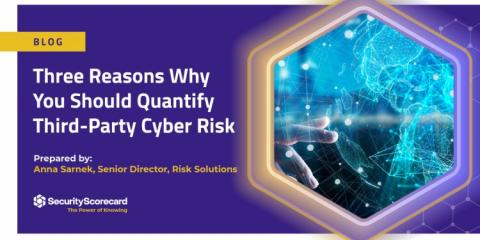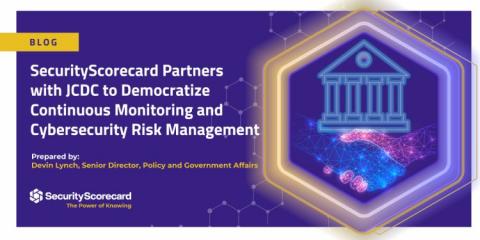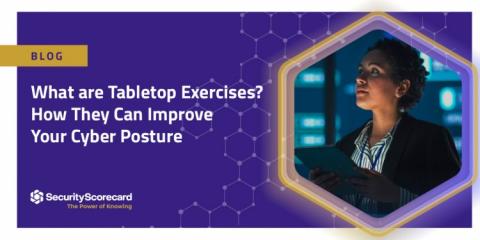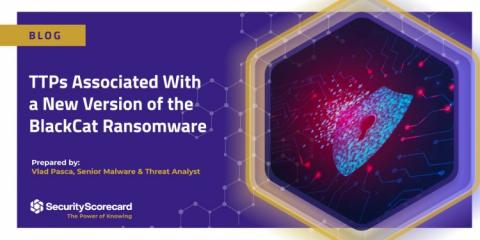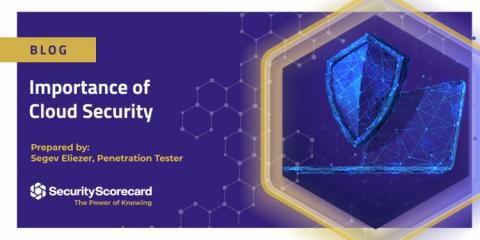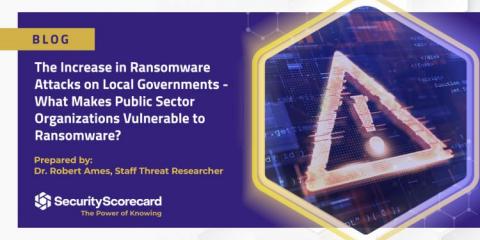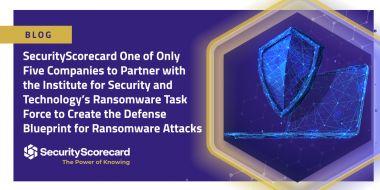Three Reasons Why You Should Quantify Third-Party Cyber Risk
The spotlight on cyber risk quantification (CRQ) has raised its status to the top of the hypercycle, but with fame comes scrutiny and criticism. Security analysts and practitioners debate the validity of each model framework, along with the data used when modeling cyber risk. Despite this debate, there is a unifying consensus that knowing the possible range of the financial impact of a cyber event is far more optimal than flying blind.


